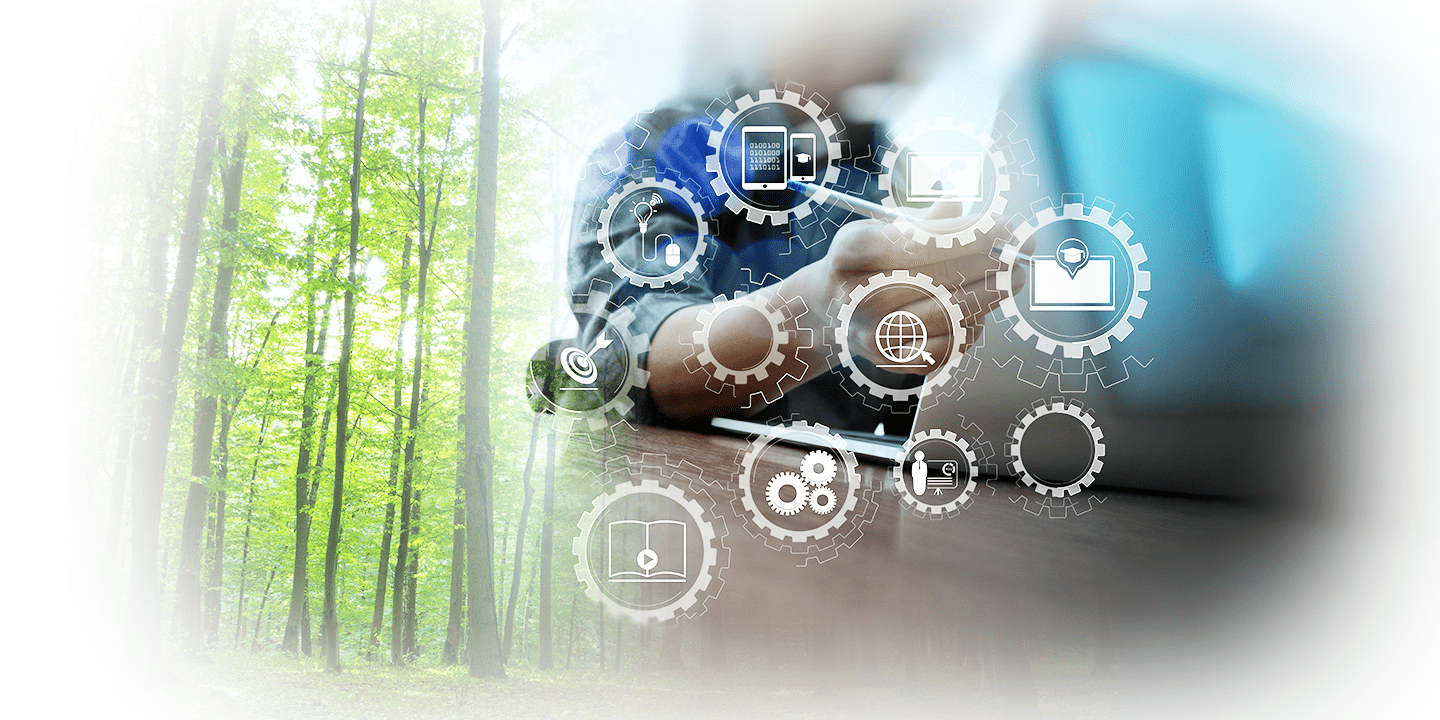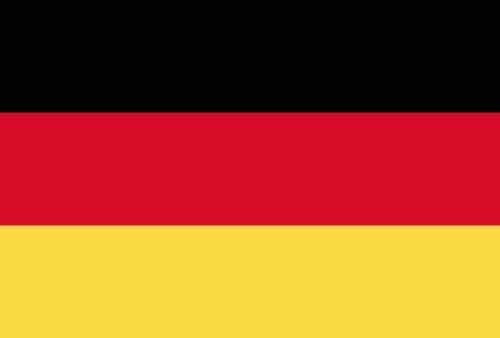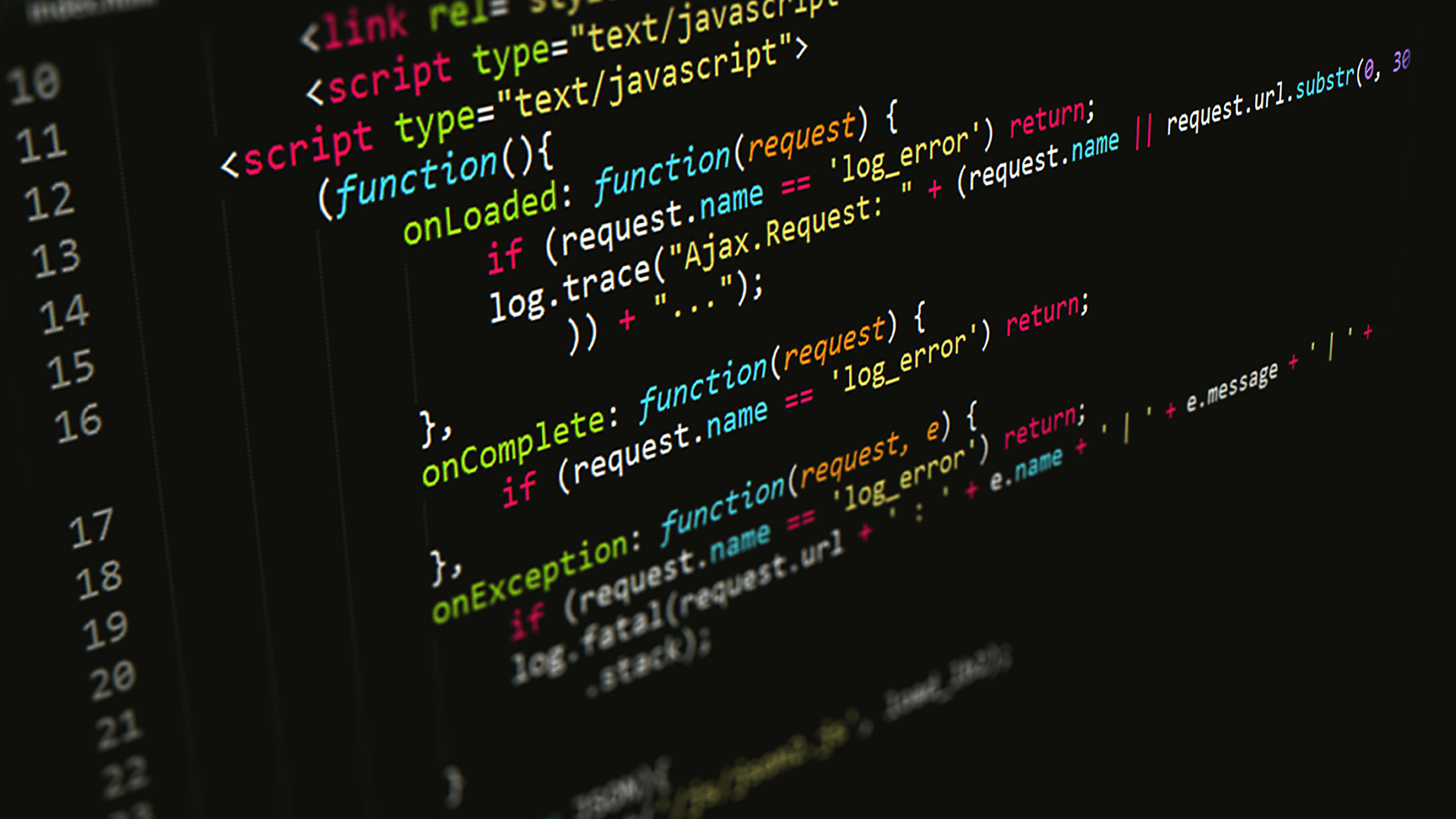How To Combine Green IT and Websites
Thoughts on environmentally friendly assembly and operation

There is no question that digitization has many advantages, which have a direct impact on protecting the environment, nature and the climate. In this sense, it can be seen as a win-win situation when shoppers buy goods online instead of getting into their cars and driving to a local store.
But it's not quite as simple as that when it comes to climate protection through digitization: While digitization does indeed have positive effects, on the other hand it naturally drives up electricity consumption - worldwide, mind you. The cumulative savings effect is therefore at least reduced and, if some experts are to be believed, even turns into the opposite.
Under these circumstances, the focus is increasingly on a topic that for most people means daily contact with digitization: websites in general. The term "sustainable web design" (SW for short) covers various approaches that combine efficiency and aesthetics to reduce power consumption.
The network and energy consumption
Some people may be aware that digitization has produced a number of "solutions" for which no real problem existed before, and that many digital dazzlers are also active. Let's think, for example, of any apps that are supposed to optimize life, although for many users it would actually be enough to simply put the cell phone aside more often.
In view of this, one may wonder whether Sustainable Web Design is not perhaps heading in the same direction of a solution without a real problem. This can be countered with a resounding no: As the two founders of ViOffice have already explained in a guest post, the Internet's energy consumption has long been gigantic. The servers and data centers alone emit a similar amount of CO2 as global air traffic - at normal times, not slowed by the pandemic. This figure is expected to rise with further digitization.
In this respect, one can assume CO2 emissions in the range of about 1.5 grams for every single visit to a site that has not been optimized accordingly - more or less, of course, depending on the site.
So, if a portal like this only manages 1,000 visits in a day, we're talking about one and a half kilograms. 10.5 in a week. 547.5 in a year. That may seem like little compared to the emissions of a car over a hundred kilometers (about 15 kilograms on average). But we should not forget the two "golden rules of climate protection":
1. mass makes the difference.
2. every saving counts, because #1 applies.
Besides this, the influence on the website operator must also be taken into account. In practically every hosting constellation, he has to pay for the electricity, has to price in these costs - a long spiral, which can partly be sensitively improved by the adjusting screws of the SW.
Moreover, Sustainable Web Design does not have to be expensive. Firstly, because the same rules apply here from a tax point of view as with a conventional approach. Second, because SW hardly requires special purchases and techniques, but - as is so often the case - only an adapted approach.
A truly green hosting
Even a maximally optimized website will never be without power consumption. This means it's imperative to take Sustainable Web Design as a holistic approach and start at the root - the biggest power consumption, which is for hosting.
The work should start - if the website already exists and is hosted externally - by finding out how green your own hosting is. The Green Web Foundation offers a check tool for this purpose.
There are several ways to choose from here:
- The website is built and operated by a host officially known and licensed as green.
- The site is self-hosted and only a green electricity provider is used for this - which results in further advantages for the remaining electricity consumption of the operators.
- If the site is self-hosted, then only hardware that corresponds to the realistic average traffic is used.
- In this case, additional structural measures can be taken to ensure that the technology is cooled without the use of air conditioning - there are some interesting technologies with water cooling in development at the moment.
With these points, a very important part of the work is already done. If this is built upon with a truly sustainable web design, the result is an overall effective concept.
Time optimized server usage
The Internet is available 24/7. However, for many operators it is quite questionable whether they also have to be present 24/7. Everyone can analyze the strong and weak times of their traffic with appropriate monitoring software.
At least when self-hosted, it could be an option to run the very weak (night) hours with strongly reduced capacity or even to switch off the servers completely.
This may sound abstruse at first. However, if you think the energy issue through to the end, the question inevitably arises as to why even a small server has to consume several hundred or more watts in order to expect perhaps only a handful of visitors.
Modular and compressed page layout
In the end, it looks like this: Every bit and byte that needs to be transmitted requires electricity. In this respect, environmentally friendly web design means reducing everything that requires electricity.
An important approach are the modules. Here, if possible, you should try to use as many consistent (i.e. repeatedly used) modules as possible over the entire site.
In addition, one has to emphasize again how energetically valuable a tidy site is. Apart from modern design considerations, an overall uncluttered layout also helps to reduce power consumption.
The next point concerns media. Glossy web design or not, but this always creates a situation where high-resolution and low-compression media must be kept on hand unnecessarily. Therefore, as many compression techniques as possible should be used for both video and images. A lot can be done here without making the media material look unattractive - in the case of images, it can even help to reduce the bit depth of PNGs while maintaining the same resolution. This also has positive effects on SEO.
So once again, these are measures that can generate another positive effect in addition to environmental protection.
Why not leave the pixels black?
Good sustainable web design not only takes operators to task, but also tries to encourage all visitors to save energy.
In this regard, operators should address the question of what kind of screens are increasingly built by end devices. Here, it has long been a fact that outside the TV sector, more and more mobile devices in particular are equipped with OLED displays.
What does this have to do with SW? Let’s explain: OLED panels display black by switching off the corresponding LED. This means that this pixel simply consumes no power at all. What this means for web design is obvious: The more black components the layout has, the less power at least OLED end devices have to use to display it.
Of course, this all has to be integrated into the larger framework of an overall appealing layout and sometimes a corporate design. In addition, there are various design philosophies that rate such "reversed" color schemes as more strenuous to read. It is therefore definitely a matter of weighing up - but one that can indeed be worthwhile.
Conclusion: Websites also make their contribution
There is no question that the digitalized world will have a gigantic demand for electricity in the future. If you want to take green IT seriously, it's important to act against it early on.
Whether it's an environmentally conscious choice of the host or better, time-optimized server use, a page design that pays attention to compression and resource conservation, or even a design that uses less energy on the increasingly important OLED displays with more black content: We have learned that websites also contribute their share to energy consumption - and accordingly hold potential for savings.
Want to always stay up to date? Subscribe to our newsletter now!
Do you like what you've just read, have new ideas or feedback? Visit our contact form and let us know your thoughts!


